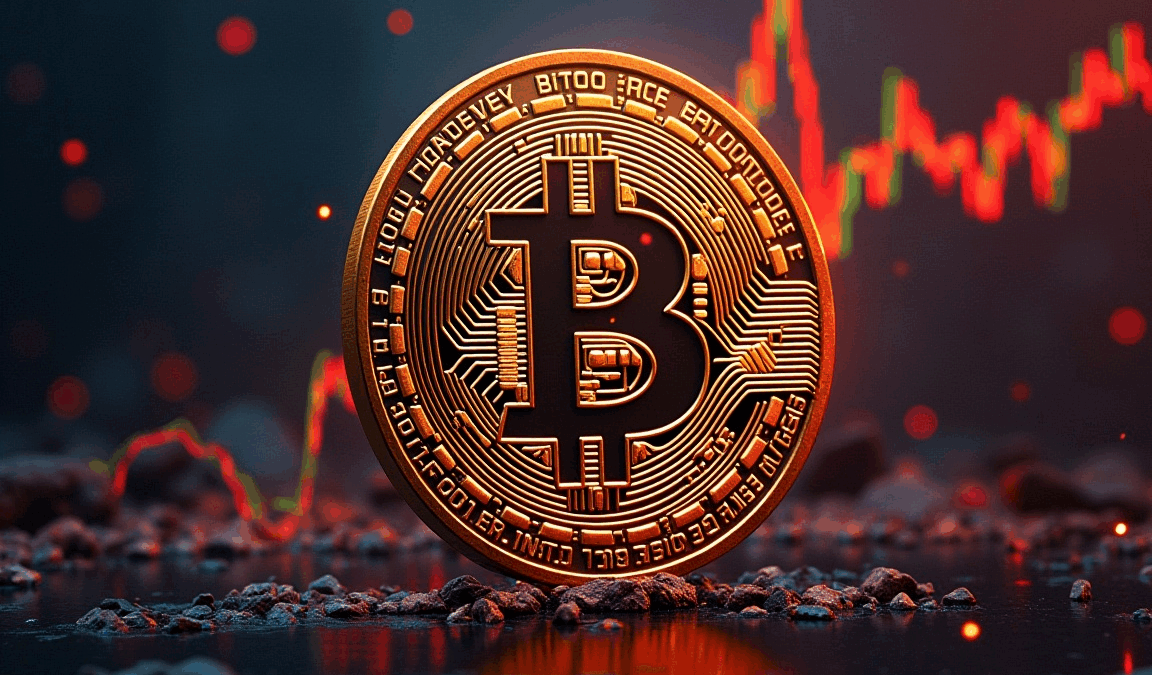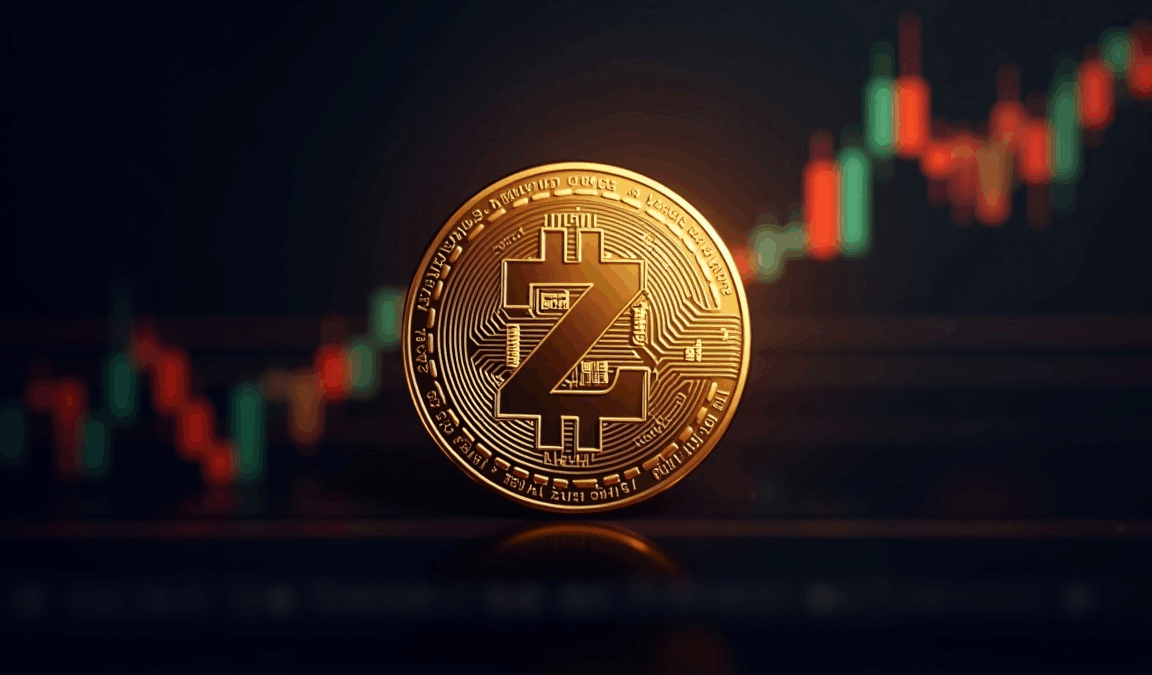BlackRock Quietly Accumulated 3% of All Bitcoin. Here’s What That Means
BlackRock, the world’s largest asset manager, has been making a bold and strategic move into Bitcoin — and it’s happening with surprising quietude. With over $10 trillion in assets under management, BlackRock isn’t just dipping its toes in the crypto waters. It’s amassed an astonishing position—over 630,000 BTC— equivalent to nearly 3% of Bitcoin’s total supply. Most of this accumulation has occurred through its spot Bitcoin ETF (IBIT) and other institutional investment instruments. This subtle yet impactful blockchain land grab positions BlackRock as one of the most significant entities in the Bitcoin ecosystem, rivaling even central banks in terms of digital asset holdings.
What’s particularly striking is how this development has largely flown under the radar. Mainstream media and financial analysts have been preoccupied with ETF inflows, regulatory discussions, and the usual market volatility headlines. But make no mistake — behind the curtain, BlackRock is executing one of the most significant institutional accumulation strategies in the history of Bitcoin.
The Institutional Power Play
BlackRock’s approach to Bitcoin isn’t a short-term gamble. They’re not investing for the sake of market excitement or to appease a tech-savvy younger demographic. This is a long-term, surgically precise accumulation plan aimed at controlling a piece of what many believe will be the dominant monetary network of the future. By launching its iShares Bitcoin Trust (IBIT), BlackRock has created a seamless, compliant vehicle for institutional and retail clients to gain Bitcoin exposure — all managed under the BlackRock umbrella.
Bitcoin’s transformation from a fringe technology into a mainstream asset class has been cemented by this institutional pivot. For over a decade, traditional finance dismissed Bitcoin as a speculative bubble. But rising inflation, increasing geopolitical tensions, rapidly devaluing fiat currencies, and the structural fragility of legacy banking have forced these institutions to reassess.
BlackRock’s CEO Larry Fink, once a skeptic of Bitcoin, is now one of its most influential proponents. His reversal is more than a change of heart — it’s a signal that traditional finance finally recognizes Bitcoin’s intrinsic strengths: provable scarcity, decentralized control, and resistance to censorship. The very attributes that made governments and regulators nervous are exactly what make Bitcoin attractive to investors concerned about systemic risk.
Bitcoin as a Strategic Reserve Asset
To understand the full implications of BlackRock’s Bitcoin strategy, it helps to view Bitcoin not as a speculative asset, but as a strategic reserve currency. Just as central banks hold gold to hedge against currency devaluation and economic instability, financial giants like BlackRock are beginning to treat Bitcoin in a similar capacity: as a non-sovereign monetary asset that cannot be duplicated, inflated, or politically manipulated.
Historically, those who accumulated scarce assets at an early phase were the ones who shaped their financial legacy. Gold in the 1970s. Real estate in the early 2000s. Now, Bitcoin in the 2020s. By locking in nearly 3% of Bitcoin’s total supply, BlackRock is positioning itself not just as a service provider in the Bitcoin ecosystem, but as a foundational stakeholder with influence over its price and liquidity trajectory.
Why BlackRock Isn’t Selling — And Neither Should You
There’s a popular misconception among retail investors that BlackRock’s ETF will allow anyone to buy Bitcoin conveniently through their brokerage account. While that may be true technically, the deeper truth is far more revealing: BlackRock isn’t acquiring Bitcoin to redistribute it—they’re acquiring to hold it long-term. Institutional control and strategic custody are the names of the game.
This mirrors BlackRock’s historical strategies in the bond, equities, and real estate markets: accumulate prime assets early, influence industry standards and policy, and profit massively as demand rises and scarcity mounts. In the Bitcoin realm, the same playbook is unfolding.
As more BTC is pulled into regulated ETFs and custody solutions, less remains on the open market. And unlike fiat, Bitcoin’s supply cannot be dialed up in response to demand. That makes every coin scarcer and more valuable. The retail investor who waits for the next “perfect dip” may find that Bitcoin never trades under their original price target again.
The Big Risk for Retail: Underestimating Institutional Appetite
Financial institutions have historically been slow to adopt new technologies, but when they move, they move with scale and decisiveness. And Bitcoin, once ridiculed as “digital tulips,” has firmly entered the boardroom. Hedge funds, pensions, sovereign wealth funds, and now giant asset managers are building Bitcoin allocations. Why? Because they see the writing on the wall:
- Global debt is unsustainable
- Inflation erodes fiat wealth in real terms
- Government policies are increasingly unpredictable
- Bitcoin offers a permissionless solution to financial uncertainty
This realization puts Bitcoin on a one-way trajectory. Accumulating it today places you alongside the early adopters of a monetary revolution. Continuing to wait for wider confirmation or media validation could result in permanent underexposure to the digital asset class that defines this decade.
Your Competitive Advantage: Speed and Decisiveness
Bitcoin may be decentralized, but the battle for its supply is anything but. Institutions are quietly sweeping up what they can under the pretense of ETFs and regulated funds. The smart money isn’t waiting — it’s front-running retail adoption, accumulating before the public catches on.
As a retail investor, your advantage lies in agility. You’re not constrained by committee decisions, compliance departments, or fiduciary mandates. If you believe in the long-term thesis of Bitcoin — as digital gold, as a store of value, as a decentralized hedge — then the time to act is before the balance tilts entirely in favor of Wall Street.
History has shown that Bitcoin bull markets begin in silence. The media ignores it, institutions accumulate unnoticed, and price slowly begins climbing. Only after double- and triple-digit gains does the public narrative shift. The question is whether you’ll be on the sidelines or riding that wave of institutional momentum for yourself.
A Shifting Global Financial Paradigm
We are witnessing a once-in-a-century transformation in the architecture of money. What fiat currencies and gold were to previous eras, Bitcoin is becoming for the digital age. The combination of unforgeable digital scarcity, decentralized consensus, and borderless utility makes it a perfect hedge against the current era of monetary excess and political instability.
As Bitcoin evolves into a new kind of reserve asset, those who accumulate today are effectively securing a share in a new monetary paradigm. It’s not just about price appreciation — it’s about sovereignty, resilience, and financial empowerment in a digitized, increasingly surveillance-oriented world economy.
The Takeaway
BlackRock’s quiet grab of nearly 3% of Bitcoin’s total supply is not just a headline — it’s a signal. A signal that the rules of the financial game are changing, and the smartest players are already on the field. As other multinational corporations, institutional funds, and even nations follow suit, the remaining supply available to individual investors will tighten exponentially.
Don’t wait for viral headlines and mainstream acceptance. By then, Bitcoin will be far more expensive and far less available. This is your moment to act like an early adopter, not a latecomer.
Want to better understand the strategies behind successful crypto investing? Take your first step by learning what it means to be a crypto investor. Build your financial literacy, question the official narratives, and position yourself ahead of the next accumulation curve.
Remember: Bitcoin today is a discount on tomorrow’s freedom-based financial future. But the clock is ticking, and the smart money is already moving in silence.











